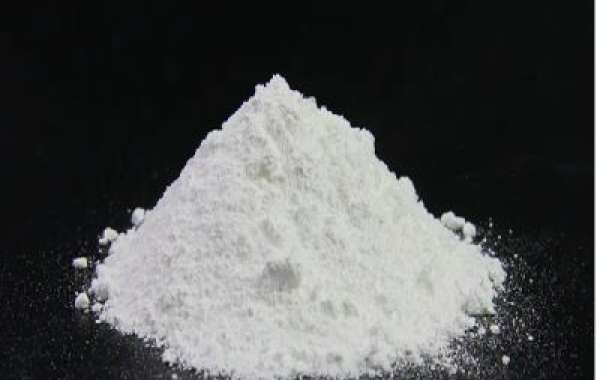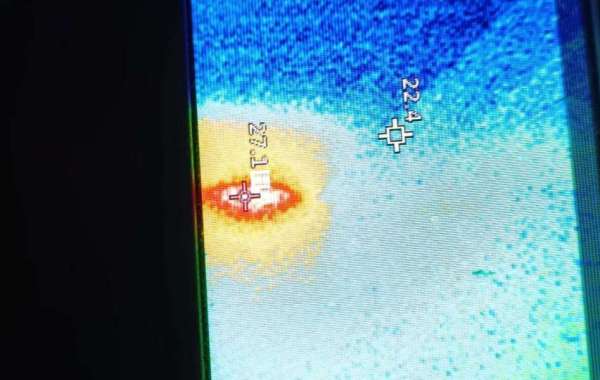Chinese API manufacturing is in a phase characterized by "rising compliance thresholds, cost and competitive pressures, and a shift toward high-end products." Short-term pains coexist with medium-term opportunities, and the key lies in differentiated transformation driven by compliance and technology.
Core Challenges (Current Situation and Causes)
- Tighter Compliance and Inspections in Target Markets: Deficiencies in aspects such as methodology consistency, cleaning validation, and QA independence are likely to trigger warnings and import restrictions, directly affecting access to European and American markets.
- Environmental Protection and Energy Consumption Constraints: Stricter limits on volatile organic compounds (VOCs) and the "dual carbon" policy (carbon peaking and carbon neutrality) have increased governance and compliance costs, accelerating the clearance of low-efficiency production capacity.
- Volatility in Raw Materials and Energy: Rising prices of bulk intermediates and energy costs have squeezed the gross profit margin of generic active pharmaceutical ingredient manufacturers.
- Market and Price Competition: India has stronger linkages with the generic pharmaceutical industry; price wars and inventory destocking cycles have pressured profitability.
- Barriers to High-End and Complex active pharmaceutical ingredient manufacturers: High requirements for chiral synthesis, highly potent active pharmaceutical ingredient manufacturers (HPactive pharmaceutical ingredient manufacturers), continuous flow/enzyme technology, etc., have significantly raised the threshold for out-of-specification (OOS) control and impurity management.
- Supply Chain and Geopolitical Risks: Dependence on single-source suppliers and geopolitical uncertainties have amplified fluctuations in delivery schedules and prices.
- Biopharmaceutical Substitution and Technological Iteration: The penetration of macromolecular drugs and gene therapies may divert demand for small-molecule active pharmaceutical ingredient manufacturers.
Key Opportunities (Driven by Demand and Policies)
- Patent Cliffs and Volume-Based Procurement (VBP): The expansion of generic drugs and VBP policies have increased demand for large-scale and predictable API supply; the "API + dosage form" integration model offers greater cost advantages.
- Surge in Demand for High-End and Complex active pharmaceutical ingredient manufacturers: Therapeutic areas such as oncology, antiviral, GLP-1, and antibody-drug conjugates (ADCs) are driving structural growth in demand for HPactive pharmaceutical ingredient manufacturers, peptides, and active pharmaceutical ingredient manufacturers with complex synthesis routes.
- Technological and Process Upgrades: Green technologies such as continuous flow, enzyme catalysis, and microreactors reduce costs and improve quality while optimizing impurity levels and energy consumption.
- Internationalization and Multi-Market Expansion: Layouts in the "Belt and Road" initiative, emerging markets, and compliant production capacity create incremental demand and supply chain resilience.
- Industrial Chain Extension: Value-added transitions from "API to CDMO" and "API to dosage form" improve revenue structure and profitability.
- Industry Cycle and Inventory Replenishment: The 2024 inventory destocking cycle is drawing to a close; some bulk active pharmaceutical ingredient manufacturers have bottomed out and rebounded, leading to improved orders and profitability for leading enterprises.
Response Strategies (Implementation Focus)
- Compliance and Inspection Preparation: Align methodologies with pharmacopoeias/guidelines of target markets; improve cleaning validation, change control, and deviation closure processes; conduct annual self-inspections and mock audits.
- Green Transformation and Cost Control: Prioritize the transformation of continuous flow/enzyme/microreactor technologies, and support solvent recovery and waste resource utilization to achieve dual advantages in unit cost and impurity control.
- Product and Customer Structure Optimization: Shift from bulk active pharmaceutical ingredient manufacturers to high-end/complex/HPactive pharmaceutical ingredient manufacturers; partner with innovative pharmaceutical companies and CDMO projects to enhance order stickiness and bargaining power.
- Supply Chain Resilience Enhancement: Adopt multi-source supply of key starting materials (KSMs), set up safety stocks for critical products, and develop emergency switching plans; deploy overseas production capacity to mitigate geopolitical risks.
- Industrial Chain Integration: Promote the "API + dosage form" and "API + CDMO" models to strengthen competitiveness in procurement tenders and exports.
- Digitalization and Quality System Upgrading: Build systems for data integrity and traceability to support self-inspections, audits, and regulatory filings.
Recommended Implementation Priorities
1. Ensure compliance and pass inspections;
2. Reduce costs and improve quality through green technology transformation;
3. Upgrade product structure toward high-end segments;
4. Enhance resilience via multi-source supply and multi-base layouts;
5. Extend the industrial chain and optimize customer structure.







